Hysterectomy
The uterus also known as the womb is where a baby grows when a person is pregnant. Other organs might also be removed if you have severe problems such as endometriosis or cancer.
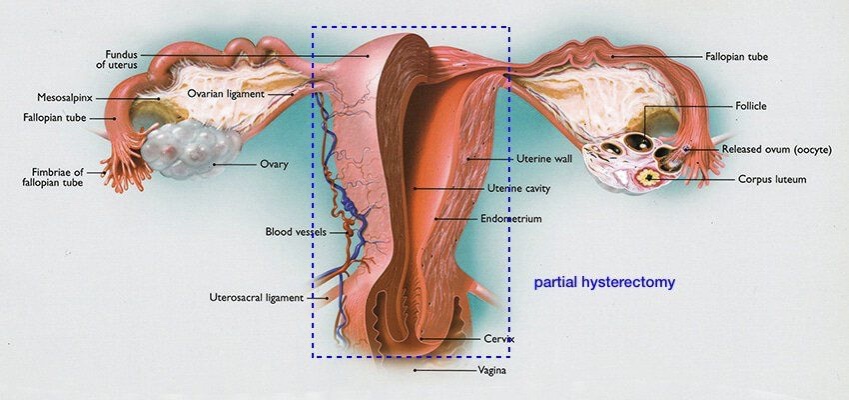
Hysterectomy Types And Surgical Techniques Cigc
This surgery may be recommended if cancer is diagnosed or suspected.
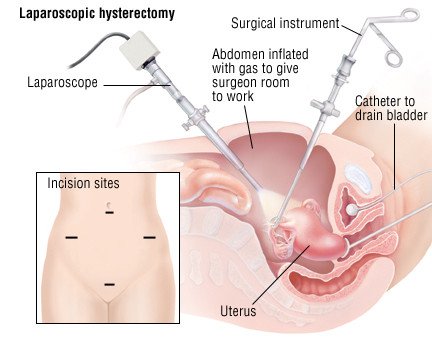
. Laparoscopic supracervical hysterectomy LSH. After hysterectomy low oestrogen levels in the body makes women more prone to cardiac issues. An abdominal hysterectomy is a surgical procedure that removes your uterus through an incision in your lower abdomen.
Uterus removal is a common treatment for a variety of conditions that affect a womans reproductive organs. As the ovaries regulate hormones in a womans body it is typically followed up with a hormone replacement protocol plan. After a hysterectomy you wont be able to get pregnant.
Uterine fibroids that cause pain bleeding or other problems. These organs include the cervix ovaries and fallopian tubes. A total hysterectomy involves the removal of the whole uterus and cervix whereas a radical hysterectomy is the removal of the whole uterus and its adjacent tissues ligaments cervix and some part of the vagina.
Vaginal hysterectomy involves a shorter time. The uterus is where a baby grows during pregnancy. Find out why a hysterectomy is needed.
A hysterectomy is an operation to remove the uterus. A total hysterectomy removes the uterus and the cervix. Walking is encouraged but not heavy lifting.
This is a condition in which endometrial cells grow outside the uterus causing scar tissue of the pelvic lining and between other organs in. After a hysterectomy you will not menstruate have periods or be able to get pregnant. It is the second most commonly performed surgery in non-pregnant women.
A partial hysterectomy removes just the uterus leaving the cervix intact. Sometimes the surgery also removes the ovaries and fallopian tubes. Surgeons will make a 5- to 7-inch incision vertically or along the bikini line in your abdomen.
This is a removal of a portion of the uterus. The incision will then be closed with staples sutures or surgical adhesive. A hysterectomy is a common procedure used to treat gynecologic cancers like ovarian cancer cervical cancer and endometrial cancer and other health conditions impacting the uterusBut there are still many myths surrounding this type of surgery.
And if you need a hysterectomy you may have anxiety or questions about long-term side effects including the. After a hysterectomy you no longer have menstrual periods and cannot. This surgery may be done for different reasons including.
A hysterectomy is a surgical procedure to remove a persons uterus. Your uterus or womb is where a baby grows if youre pregnant. Get more than one opinion when your doctor suggests a hysterectomy.
A hysterectomy is a major operation with a long recovery time and is only considered after less invasive treatments have been tried. The uterine lining is the source of. The blood vessels and structures supporting the uterus will be detached and the uterus is removed through the incision.
If you have a trustful long-standing history with your doctor you may feel horrified at this suggestion. This procedure is the least invasive and can have a recovery period as short as six days to two weeks. The uterus is where a baby grows when a woman is pregnant.
After hysterectomy bones in your body get weaker. During the surgery the whole uterus is usually removed. Hysterectomy is the surgical removal of the uterus.
If you have a hysterectomy as well as having your womb removed you may have to decide whether to also have your cervix or ovaries removed. But every smart patient should get a second opinion when surgery is. Types of hysterectomy surgery.
A hysterectomy is a surgery to remove a womans uterus also known as the womb. A hysterectomy is surgery to take out your uterus. Usually performed by a gynecologist a hysterectomy may be total removing the body fundus and cervix of the uterus.
Vaginal hysterectomy is a surgical procedure to remove the uterus through the vagina. Your doctor may also remove your fallopian tubes and ovaries. Hysterectomy is the surgical removal of the uterusIt may also involve removal of the cervix ovaries oophorectomy Fallopian tubes salpingectomy and other surrounding structures.
Its lining is the blood you shed during your menstrual period. This procedure includes the removal of the uterus as well as both ovaries and the fallopian tubes. During a vaginal hysterectomy the surgeon detaches the uterus from the ovaries fallopian tubes and upper vagina as well as from the blood vessels and connective tissue that support it before removing the uterus.
A hysterectomy is the surgical removal of the uterus and most likely the cervix. About half a million hysterectomies are performed. Total hysterectomyThe uterus and cervix are removed.
This is the organ in your lower belly where a fetus grows during pregnancy. Hysterectomy is surgery to remove the uterus womb. If you have both ovaries taken out you will enter menopause.
Radical hysterectomyThe uterus and cervix are removed along with structures around the uterus. Often called complete or partial removal of the uterine body while. The uterus is the place where a baby grows when a woman is pregnant.
After a hysterectomy you no longer have menstrual periods and cant become pregnant. They often cause bleeding pressure and pain. A hysterectomy is surgery to remove a womans uterus or womb.
Supracervical hysterectomyThe upper part of the uterus is removed but the cervix is left in place. Again the cause is low. Reasons for performing a hysterectomy include but are not limited to the following.
Depending on the reason for the surgery a hysterectomy may involve removing surrounding organs and tissues such as the fallopian tubes and ovaries. Reasons for a Hysterectomy.

Recovering From Your Hysterectomy Post Hysterectomy Surgery

Who Decides Who Gets A Hysterectomy Teen Vogue
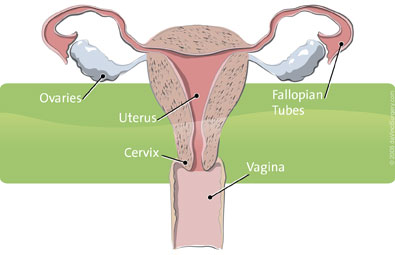
Hysterectomy The Jackson Clinic

Patient Education Vaginal Hysterectomy Beyond The Basics Uptodate

Emergency Hysterectomy Trainer Operative Experience Inc
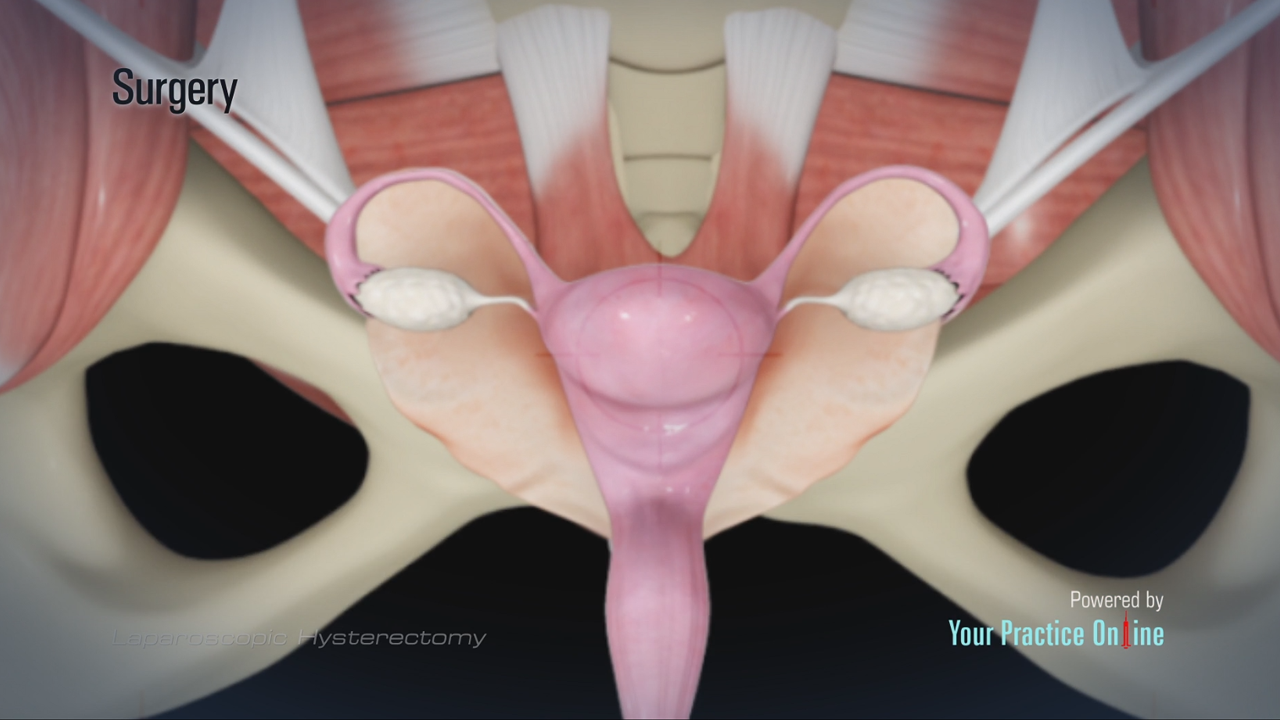
Laparoscopic Hysterectomy Video Medical Video Library
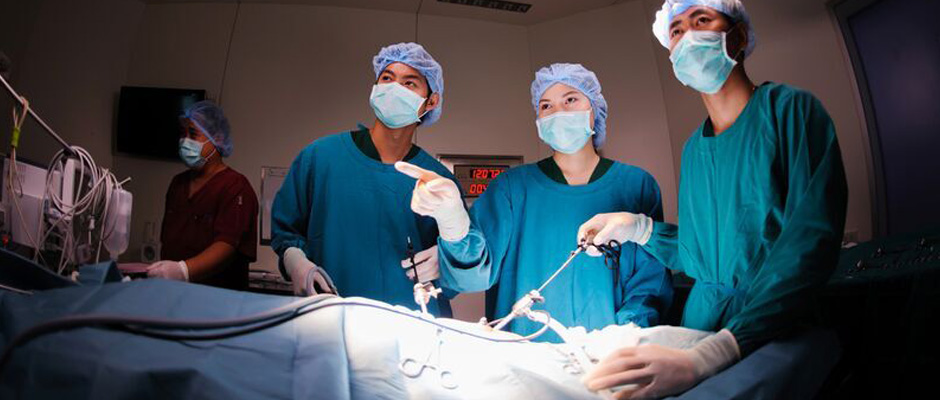
The Experts Weigh In Is A Hysterectomy An Effective Endometriosis Tre Endofound

Laparoscopic Hysterectomy Dr Deepa Ganesh

Vaginal Hysterectomy What To Expect At Home

Laparoscopic Hysterectomy Dr Ulas Solmaz Izmir Oncologist Doctor

Is V Notes Hysterectomy As Safe And Feasible As Outpatient Surgery Compared With Vaginal Hysterectomy Journal Of Minimally Invasive Gynecology
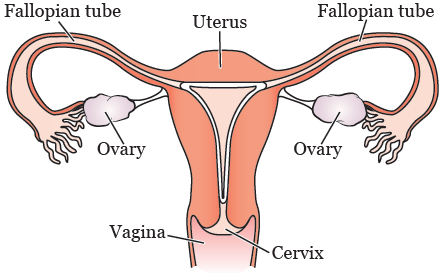
About Your Total Abdominal Hysterectomy And Other Gynecologic Surgeries Memorial Sloan Kettering Cancer Center
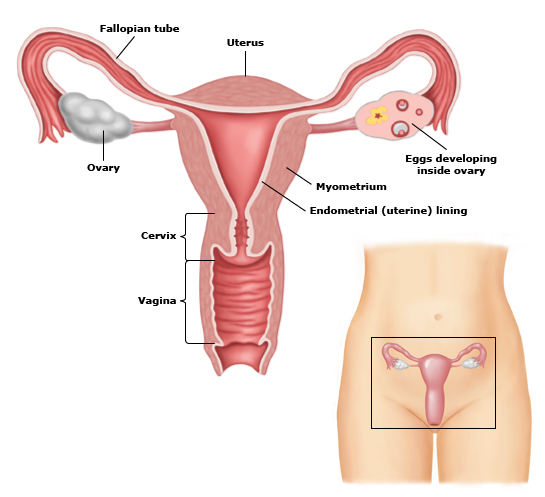
Hysterectomy The Basics Dr Elena Rodriguez

Hysterectomy National Women S Health Network
Women S Health Hysterectomy Patient Information Brochures Mater Group
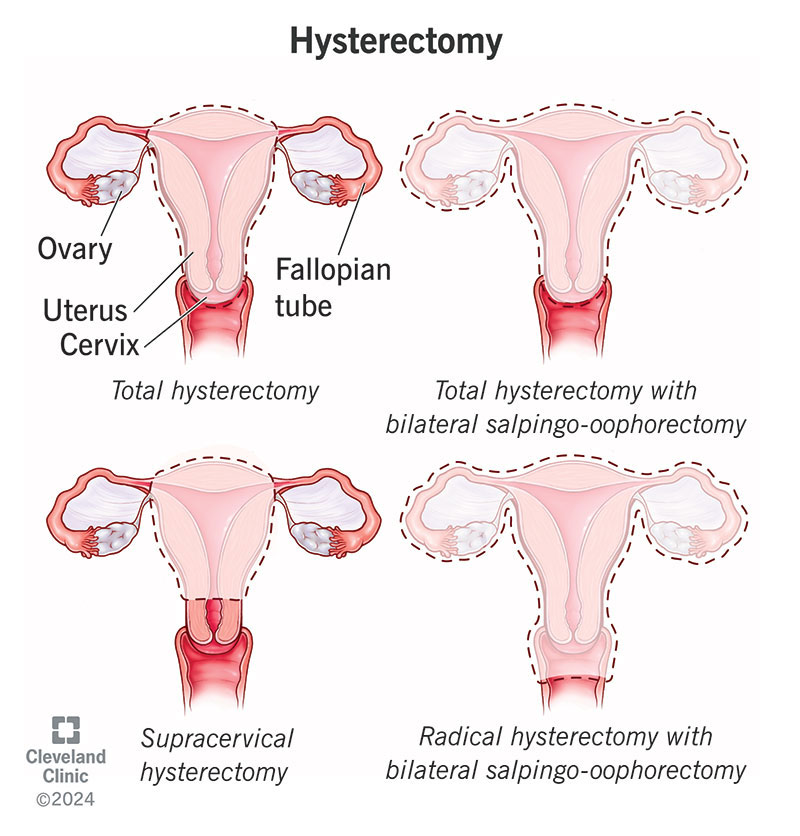
Hysterectomy Purpose Procedure Benefits Risks Recovery
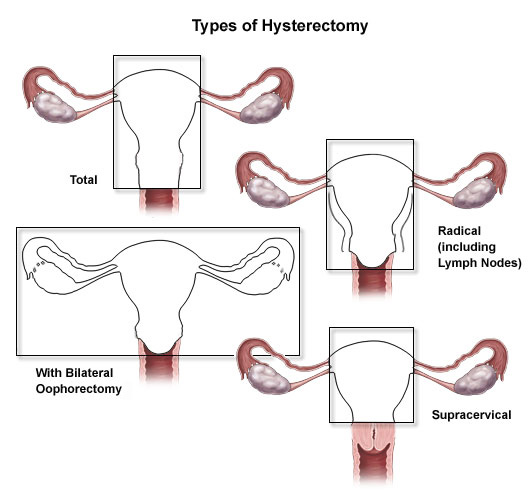
Hysterectomy Johns Hopkins Medicine

The Reoccurance Of Endometriosis After A Hysterectomy Myendometriosisteam

Hysterectomy Frequently Asked Questions Foundation For Female Health Awareness